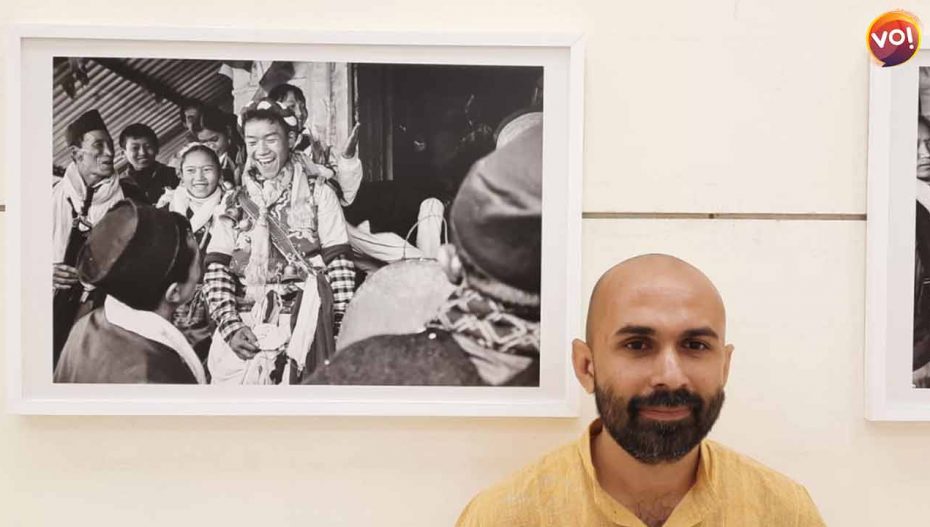Upon receiving an invitation for the opening of an exhibition of photographs at the Hutheesing Centre on Thursday, I lazily typed in the name of the photographer into Google, Parvez Shaikh is a pretty generic name (I know a doctor by that name in Mumbai) and even with “documentary photographer” added, I wasn’t expecting much. To my surprise, the name led to a remarkably well designed website.
It turns out Parvez Shaikh, 33, was once an IT (Information Technology) entrepreneur, a career he chucked to concentrate on photography. He still does the odd IT job when he runs out of money, but most of his time is devoted to taking pictures. Opening a day ahead of World Photography Day (Friday, 19 August) this is Parvez’s very first exhibition and I would recommend you check it out.
Stuck in Nepal through the lockdown, a place he considers his “second home,” Parvez planed and executed a project for documenting the annual Hindu pilgrimage to Gosaikunda lake in the month of Shravan. The lake is situated at a height of 4380 meters in Nepal’s Langtang National Park region and Parvez trekked for 12 days with pilgrims from India and Nepal to document th journey and ceremonies there. The result is a captivating collection of black&white (B&W) photographs. Why B&W? “Colour is distracting. When the content is important, B&W works better,” says Parvez.
The exhibition starts with classic landscapes of misty mountains, forest pathways and the lake itself. But Parvez’s real talent is portraiture and the best photographs are the ones of the people at the temple. Parvez has a knack for taking candid pictures, where his subject seems totally unaware of the camera. Maybe it has something to do with his small size and quiet persona. He started as a “street photographer,” capturing images of life in Gujarat, then in Thailand, Bhutan, Malaysia and Vietnam.
Parvez’s counts photographers like Sebastiao Salgado, Don McCullin, Raghu Rai and Ahmedabad’s own Parmanand Dalwadi among his inspirations. What goes into an excellent photograph, I ask him. “The best pics happen in an instant. If you miss the opportunity, it never comes back. They capture an emotion and tell a story. You feel a connection to the it,” he says.
Read More: Centre Plans To Monetise The Ashok; ITDC Retains Control On Hotel Samrat













